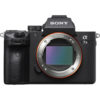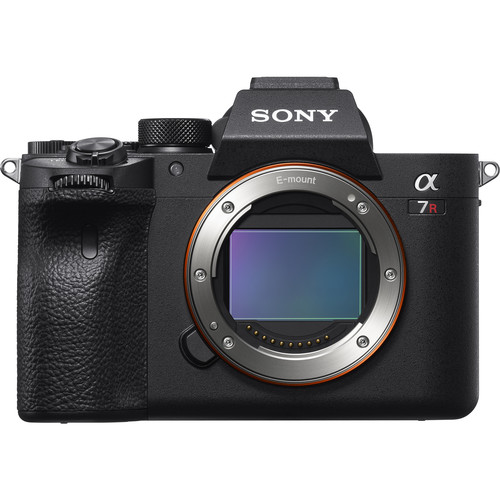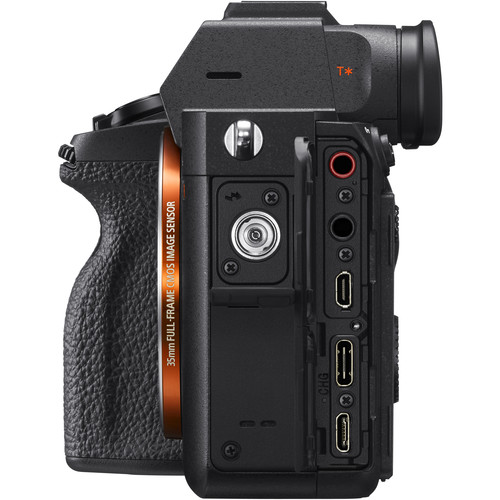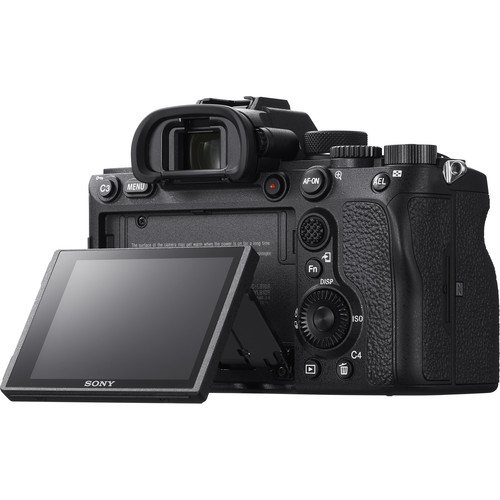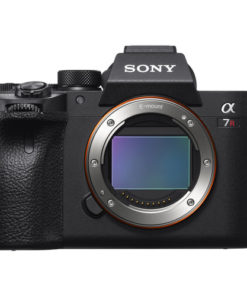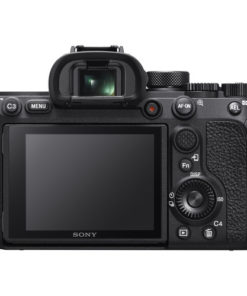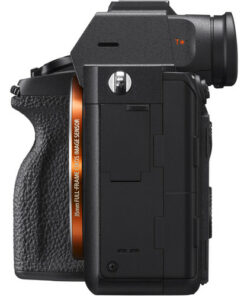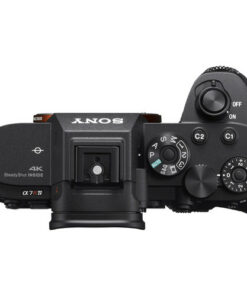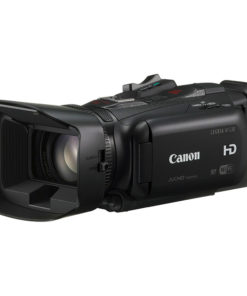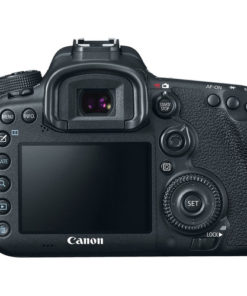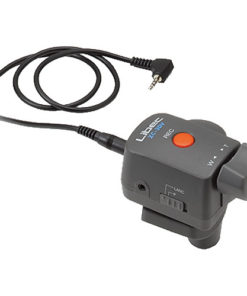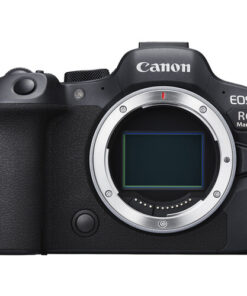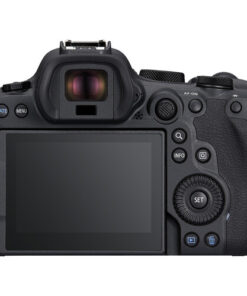About the Sony A7R IV
Virtuoso expression. Sony’s full-frame mirrorless Sony A7R IV reveals ever more overwhelming photographic vision, with expressive prowess once expected only in medium-format cameras, and remarkably high speed in a compact body. See how its enhanced rigidity and connectivity raise your productivity. Regardless of remarkable image resolution, the Sony A7R IV maintains its shooting speed of up to 10fps with a mechanical shutter (up to 8fps in live-view continuous shooting mode). This allows you to capture decisive moments—such as motion of wild animals—with subtle details made possible only by the 61.0 MP high-resolution imaging capability.
Thanks to extraordinary image resolution, you can still maintain remarkable high-resolution images at approximately 26.2 megapixels even after cropping a full-frame image down to APS-C size. This means the Sony A7R IV can help you proactively utilize 61.0-megapixel full-frame.
Advanced AF algorithms contribute to AF precision at light levels as low as EV-3. The ‘Focus Priority in Aperture Drive’ option is for more accurate focusing in dim lighting and when the aperture is stopped down.
Because buffer memory size is 1.5 times larger, the camera maintains a burst shooting speed of up to approx. 68 images. With APS-C shooting mode, you can shoot approximately three times more photos than with full-frame shooting mode. AI-based Real-time Tracking is newly featured to greatly increase your success rate in challenging shots. Simply designate a subject and press the shutter button halfway and rely on the camera to steadfastly track the subject. With “Face/Eye Priority in AF” function, the A7R IV seamlessly changes tracking targets between face and eye when the subject is a person.
Thanks to an improved algorithm, the Sony A7R IV now supports animal eye in addition to human eye tracking, allowing fast, precise, automatic detection and tracking. This animal eye support will greatly increase your success in capturing images of animals in the wild or favorite pets at home when an obstacle comes into view or the camera’s horizontal/vertical orientation often changes.


